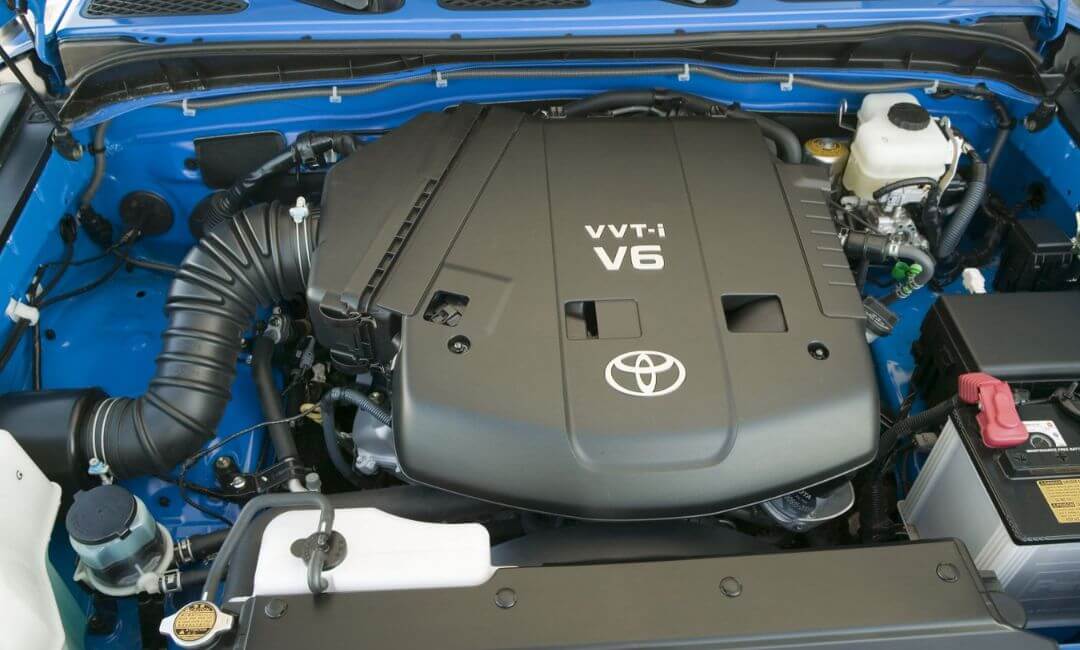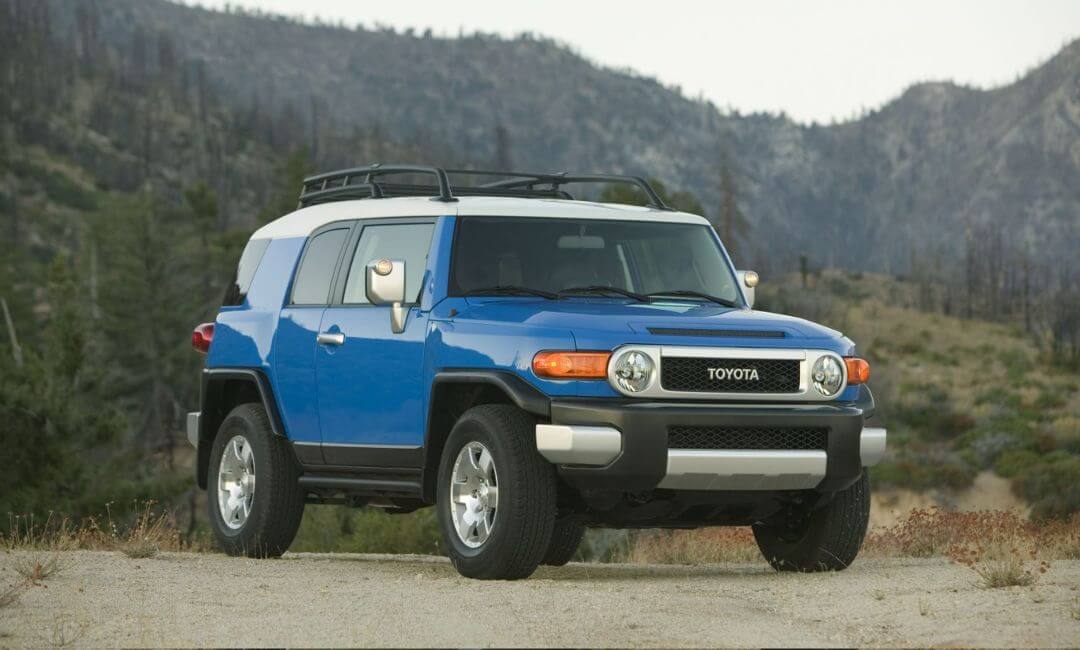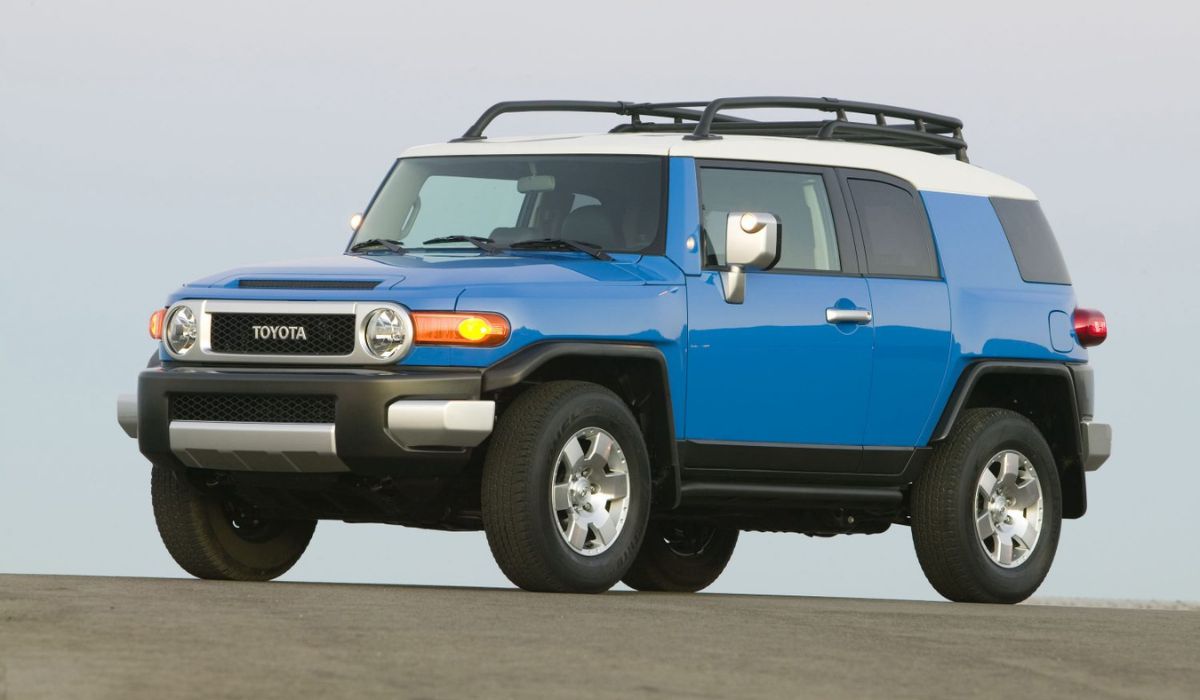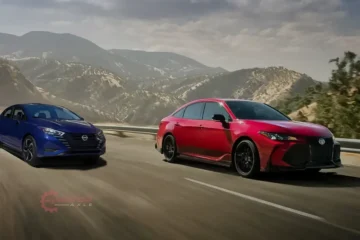The Toyota FJ Cruiser, which was last produced from 2006 to 2014, is a quirky, retro-style SUV with old-school handling, off-road credibility, and one heck of an engine. Utilising the reliable Toyota Prado J120 series as its base, it soon became a favourite among those looking for a combination of adventure and collectability. But not all model years of the FJ Cruiser offer the same reliability. Some years suffer more than others from mechanical failures, costly repairs, or factory defects that render them less reliable and more difficult to maintain.
Common complaints include transmission shudder, drivetrain noise, premature rusting, and electrics, particularly in the earlier cars. When you’re looking to buy a used FJ Cruiser on the used car market, it’s essential to know which years to avoid, so as not to be saddled with expensive or very inconvenient surprises later on. In this ultimate guide, we serve up the Toyota FJ Cruiser years you should avoid, the problems associated with each, and vital stats to guide you in an informed purchase.
Must check: Toyota Tundra Years to Avoid and the Worst Problems Owners Faced
Worst Model Years: 2007, 2008, 2010 & 2013
Worst Years to Avoid
- 2007 — Transmission shudder, check-engine nightmares, paint rusting
- 2008 — Carried many of the same defects as 2007 (rust, brakes, steering, leaks)
- 2010 — Steering vibration, driveshaft failures, water leaks & shifting noise
- 2013 — Airbag sensor issues, braking faults, engine knocking, poor visibility
Data from CarComplaints confirms the 2007 FJ Cruiser suffers from persistent transmission shudder between 30–45 mph, often requiring a costly torque-converter replacement.

1. 2007 FJ Cruiser
Specifications:
- Engine: 4.0L V6
- Horsepower: 239 hp
- Torque: 278 lb-ft
- Transmission: Five-speed automatic or six-speed manual
- Drivetrain: RWD or 4WD
- Towing Capacity: 5,000 lbs
- MPG: 17 city / 21 highway
Why to Avoid:
Being a first-model-year run, the 2007 FJ Cruiser had a few hiccups. At 35–45 mph, the 2010–15 owners complained of shudder, usually attributed to torque converter failure and a $2,000 fix. Another common problem was checking engine lights for failed sensors and worse engine issues, some requiring complete engine swaps.
Rust and chipped paint were already on the frame and fenders after 100,000 miles, and the parts are expensive to replace. A second issue is that seat heater wiring shorts and occupant sensor calibration errors could result in safety risks. Overall, this model year is far and away the least reliable in the family.
2. 2008 Toyota FJ Cruiser
Specifications:
- Engine: 4.0L DOHC V6
- Horsepower: 239 hp
- Torque: 278 lb-ft
- Transmission: Five-speed automatic, six-speed manual
- Drivetrain: Part-time 4WD or RWD
- Towing Capacity: 5,000 lbs
- MPG: 17 city / 21 highway
Why to Avoid:
The 2008 FJ Cruiser showed improvement over the first year, but it had some serious flaws. Early rust on the frame and under parts, especially in the snowbelt and at the coast, were common complaints. Rattles and trim malfunctions were more prevalent with age, especially among models that endured off-road use. Electrical gremlins – such as failed power window regulators and wonky door lock actuators – were also common.

There were also occasional reports of squeaky suspension parts and premature wheel bearing wear by some owners. Unfortunately, these are not as bad as the 2007 model; however, they will have implications for the long-term reliability of the 2008 model and make it less desirable for used buyers looking for trouble-free motoring.
3. 2009 Toyota FJ Cruiser
Specifications:
- Engine: 4.0L V6
- Horsepower: 239 hp
- Torque: 278 lb-ft
- Transmission: Five-speed automatic or six-speed manual
- Drivetrain: RWD or part-time 4WD
- Towing Capacity: 5,000 lbs
- MPG: 17 city / 21 highway
Why to Avoid:
While the 2009 FJ Cruiser introduced a few minor upgrades, many suspected reliability issues remained. Some of the deposition was also rust-prone, with the frame and rear differential still being problem areas (especially in high humidity or salted-road areas). Owners also complained of rear axle seal leaks, which could result in expensive repairs if left unchecked. Brake wear came sooner than we expected, too, with some requiring full pad and rotor replacement before 60,000 miles.
Additional issues included cracked side marker lights, leaking roof panels, and flickering dash lights, often due to poor ground connections. Though nowhere near as problematic as the 2007-2008 models, the FJ offers many of the same gremlins, and later model years are a better bet.
4. 2010 Toyota FJ Cruiser
Specifications:
- Engine: 4.0L DOHC V6
- Horsepower: 259hp (increased from prior model years)
- Torque: 270 lb-ft
- Transmission: Five-speed automatic or six-speed manual
- Drivetrain: RWD or part-time 4WD
- Towing Capacity: 5,000 lbs
- MPG: 17 city / 21 highway
Why to Avoid:
The year 2010 brought some additional power with the addition of Dual VVT-i, but even with that, the motor never fared well in the reliability category. Owners also complained about severe driveline vibration, particularly in 4WD models, which was often attributed to worn U-joints or imbalanced driveshafts and reported occasional ABS light warnings resulting in costly module diagnostics and part replacements.
Water leaks at roof joints and back cargo doors were still an issue, leading to mildew or rust in obscured spots. In colder climates, we began to notice starter solenoid issues and an early battery drain. And while better than previous FJs, the 2010 FJ still had enough reliability issues that caution was still warranted for potential buyers.
5. 2011 Toyota FJ Cruiser
Specifications:
- Engine Type: 4.0L DOHC V6 with Dual VVT-i
- Horsepower: 260 hp
- Torque: 271 lb-ft
- Transmission: Five-speed automatic or six-speed manual
- Drivetrain: RWD or part-time 4WD
- Towing Capacity: 5,000 lbs
- MPG: 17 city / 21 highway
Why to Avoid:
The 2011 FJ Cruiser was lauded for its excellent off-road ability, yet had enough maddening shortcomings. Quite a few drivers experienced the ball joints and lower control arms wearing out prematurely, which resulted in steering looseness and alignment problems. Persistent issues included leaking rear differential seals, which at times necessitated a complete axle rebuild.
The backup camera, a new feature, often failed or provided hazy images, especially in bad weather. 3:16I had the same window seal noise as many others did on the open road. Ride. There was an improvement over earlier years, but this long-term issue all but distracts from the desirability of the 2011 compared to more refined later-year FJs.
Read More:
- Chevy Traverse Years to Avoid (And the Safer Alternatives to Choose)
- Honda Pilot Years to Avoid These Models Faced the Worst Reliability Issues
- Ford Escape Years to Avoid The Worst Models That Cost Americans Thousands
6. 2012 Toyota FJ Cruiser
Specifications:
- Engine: 4.0L V6 DOHC SMPI4 Wheel DriveDual VVT-i
- Horsepower: 260 hp
- Torque: 271 lb-ft
- Transmission: Five-speed automatic or six-speed manual
- Drivetrain: RWD or part-time 4WD
- Towing Capacity: 5,000 lbs
- MPG: 17 city / 21 highway
Why to Avoid:
In 2012, the model had already begun showing its age, and previous years had inherited many of the same problems mechanically. Loud timing chain tensioners and rough idling, particularly at cold start, were one of the biggest complaints from owners. Some 4WD vehicles leaked front differential fluid, and some others had alternators fail early, even before 80,000 miles.
The Bluetooth connection system was another source of complaint, dropping out on calls or refusing to pair up. Inside, the plastics were liable to sun-blotched fading and cracking. While not as troublesome as the 2007 or 2010 models, the 2012 FJ Cruiser brings in some problems to check for before buying.
7. 2013 Toyota FJ Cruiser
Specifications:
- Drivetrain: 4.0L DOHC 24-Valve V6 w/Dual VVT-i
- Horsepower: 260 hp
- Torque: 271 lb-ft
- Transmission: Five-speed automatic or six-speed manual
- Drivetrain: RWD or part-time 4WD
- Towing Capacity: 5,000 lbs
- MPG: 17 city / 21 highway
Why to Avoid:
Toyota perfected the FJ Cruiser by 2013, but a few gremlins continued to plague the vehicle in terms of reliability. A few owners reported that the rear wheel bearings failed, resulting in vibration and hum at highway speeds. There’s also mention of leaks in the steering rack, which might be expensive to fix. Inside, the quality of dashboard materials was poor, and they were prone to peeling and sun damage, especially in hot climates.
Some models also had water penetration around the rear door seal, causing mildew and carpets to break down. Although the 2013 edition was an improvement, these idiosyncrasies make it a challenging ride to handle without a thorough pre-purchase inspection.
8. 2014 Toyota FJ Cruiser
Specifications:
- Engine: 4.0L DOHC V6 with Dual VVT-i
- Horsepower: 260 hp
- Torque: 271 lb-ft
- Transmission: 5-speed automatic or 6-speed manual
- Drivetrain: RWD or part-time 4WD
- Towing Capacity: 5,000 lbs
- MPG: 17 city / 21 highway
Why to Avoid:
2014 Toyota FJ Cruiser was the last model year mid-cycle refresh, as Toyota prepared to end the product series in the same year. But it’s not entirely a problem-free paradise. Some owners reported excessive wind noise at higher speeds, blamed on inadequate door sealing. A handful of owners mentioned odd electrical gremlins, like a backup camera that doesn’t work or a gauge cluster that misbehaves intermittently.
Occasionally, the front brake calipers wear on a bias, causing a vibrating brake. XSeries has had a few problems, but ensure service records are up-to-date and have the vehicle checked out. True, the 2014 model is a solid bet, McArthur says. Make sure it has full service records and undergoes a complete mechanical check.
Other Recurring Problems Across Model Years

Although some problems are particular to those model years, a few recurring issues affect the FJ Cruiser across most model years. One that’s often cited is that they’re covered in soy-based wiring insulation, which rodents frequently gnaw on. Chewing on these wires can result in costly electrical malfunctions and even potential fire risks.
Another recurring issue is moldy A/C units, particularly in 2007, 2008, and 2013 models. With microbial growth on the evaporator core, musty odors can become common and, in extreme cases, can cause respiratory issues.
Driveline vibrations, rattles, and bad U-joints are common issues on 2013 and 2014 models, typically requiring driveline service or replacement.
There have also been reports of brake hose clearance problems as a result of improper installation of a TRD brake system, leading to an increased likelihood of hose rupture. A few 2009–2010 versions were also subject to airbag sensor calibration problems that could cause it to deploy incorrectly.
Plus, exhaust leaking, paint fading, and too much frame rust – especially in salted areas – are still par for the FJ course.
Conclusion
The FJ Cruiser remains a cult 4WD, making it a great option on the secondhand market if you choose the right one. Avoid 2007, 2008, 2010, and 2013 if you can — these years are rife with known problems, from catastrophic mechanical failures to electrical recalls. No, instead wait for a 2011, 2012, or the last 2014 Ultimate Edition — years that put Toyota’s off-road heritage together with swanky new interiors and less headache-inducing build quality.
Sources:
- Verified owner reports and reliability issues on CarComplaints.com
- Toyota FJ Cruiser specs from official Toyota brochures and enthusiast forums
- Used vehicle reliability trends from long-term ownership discussions on Edmunds, Consumer Reports, and Toyota forums like FJ Cruiser Forums & Toyota Nation
- Real-world maintenance experiences shared by owners on Reddit’s r/FJCruiser and r/Toyota




